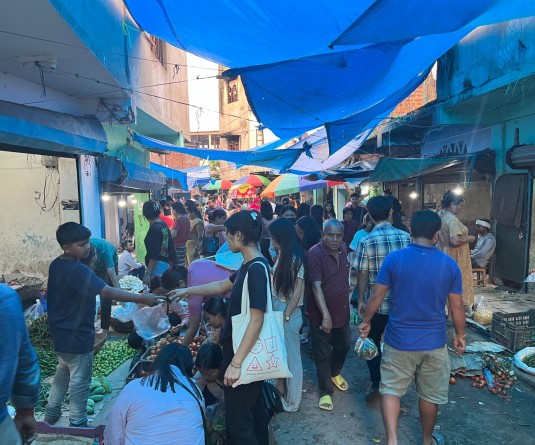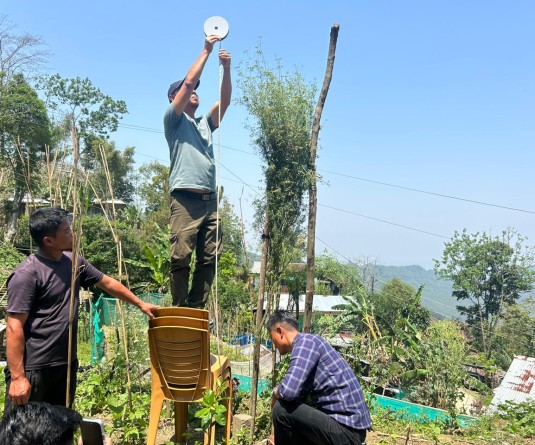
Our Correspondent
Kohima | August 13
In Nagaland, as per Nagaland State AIDS Control Society (NSACS) SIMS report from April 2015-March 2016, regarding age wise HIV positive distribution, young people in the age group o
f 15-24 years account for 15% of HIV positivite, while people in age group of 25-34 years account for 44% of the same. “This clearly indicates that young people are a vulnerable population and are at high risk of contracting HIV infection,” said Metevinuo Sakhrie, Joint Director NSACS, while speaking at the International Youth Day at Alder College, Kohima on Friday.
She said that lack of access to correct information, misconceptions about modes of transmission, tendency to experiment and an environment which makes discussing issues around sexuality taboo add to their vulnerability. In India, people in the age group of 15-29 years comprise almost 25% of the country’s population; however they account for 31% of the population of people living with AIDS.
NSACS in collaboration with Red Ribbon Club of Alder College, Kohima and other colleges observed International Youth Day under the theme ‘Agents of Change: My Life, My Health.’
“It is a significant day for us to educate ourselves and in turn educate others about the impact of HIV and AIDS on young people and also highlight the work that young people as Red Ribbon Club members in various colleges across the state are contributing to fight the HIV and AIDS epidemic,” Metevinuo stated.
She also challenged the gathering to collectively fight to end the HIV and AIDS epidemic.
She said the purpose of International Youth Day is to give an opportunity for government and others to draw attention to issues surrounding the youth worldwide. The theme for 2016 was “The Road to 2030: Eradicating poverty & achieving sustainable consumption & production.” This year’s theme was about achieving the 2030 agenda for sustainable development.
On September 25, 2015, 193 countries under UN General Assembly of which India is also a member adopted the 2030 development agenda titled ‘Transforming our world: the 2030 agenda for sustainable development.’
The Sustainable Development Goals (SDGs) are an intergovernmental set of 17 aspiration goals and 169 targets, which include ending poverty and hunger, improving health and education, making cities more sustainable, combating climate change and protecting oceans and forests.
Sakhrie said SDG goals aim to ensure healthy lives and promote well being for all at all ages, which SDG target 3.3 intends to end the epidemics of AIDS, tuberculosis, malaria and neglected tropical diseases and combat hepatitis, water-borne diseases and other communicable diseases by 2030.
In order to end the epidemic of AIDS, this will be indicated by the number of new HIV infections per 1,000 uninfected population (by age, group, sex and key populations).
Others who spoke at the function included Ainato Yeptho, Assistant Director NSACS, Nchumthung J. Murry from Kohima Law College, Dr. Mehokhu Zao, Senior Medical Officer ART Plus Centre, NHAK, Bendang Imsongm chairmanm VBDA and Yhuni Kemp, president KNP+.
The function was followed by blood donation, signing of pledge, HIV test.




